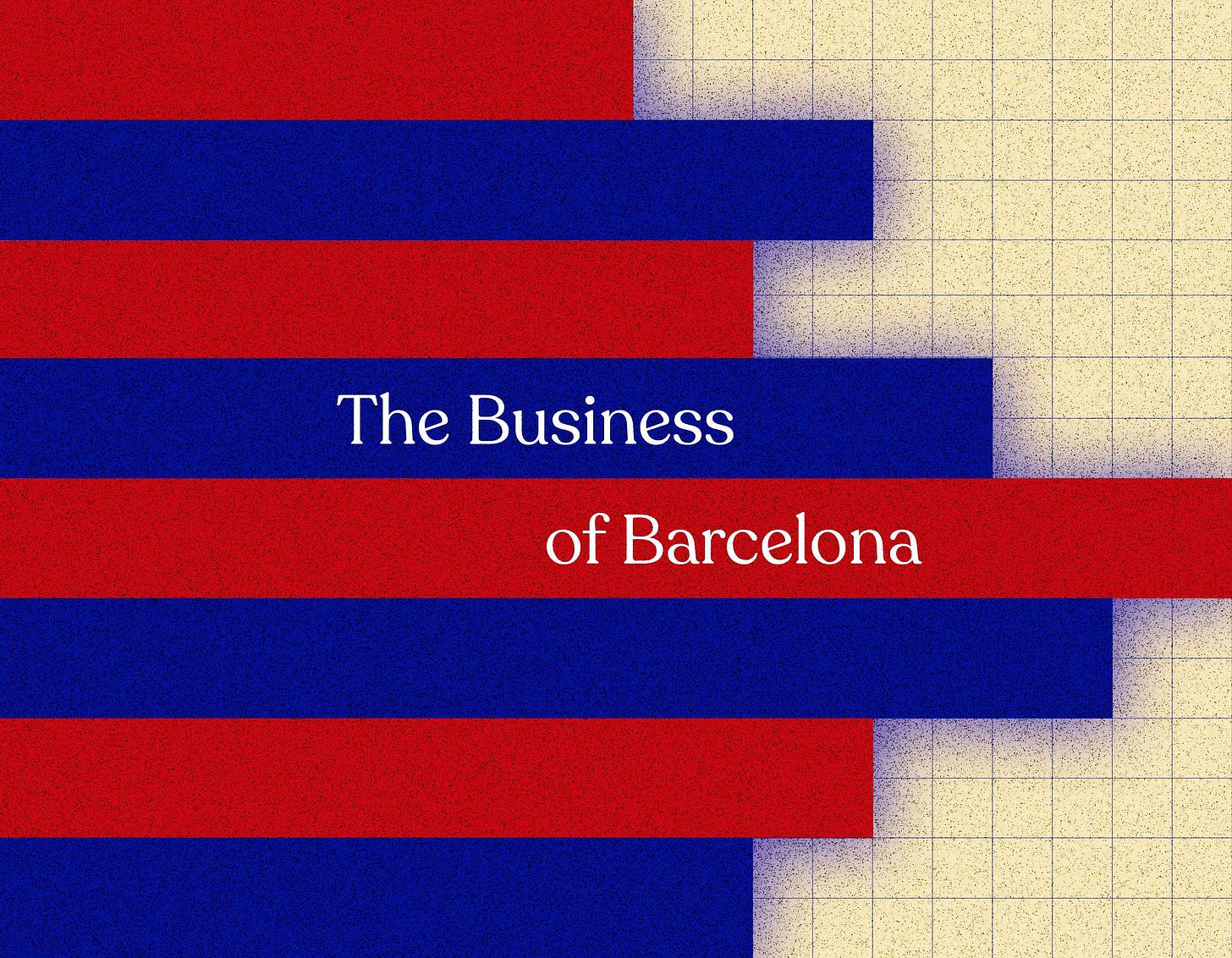The Business of Barcelona
The $5 billion football club is amidst a high-risk transformation. Its strategy reveals the tricky economics of running a sports franchise and the potential teams see in web3.
Brought to you by Masterworks
Solve your “zero return crisis” with this fintech platform realizing 27.9%
Vanguard, a $7.2 trillion money manager, calculated that stocks will return as little as 3.4% over the next ten years. With 8.5% inflation, that means negative real growth on your money. Yes, less than zero. But there's hope.
Per…

